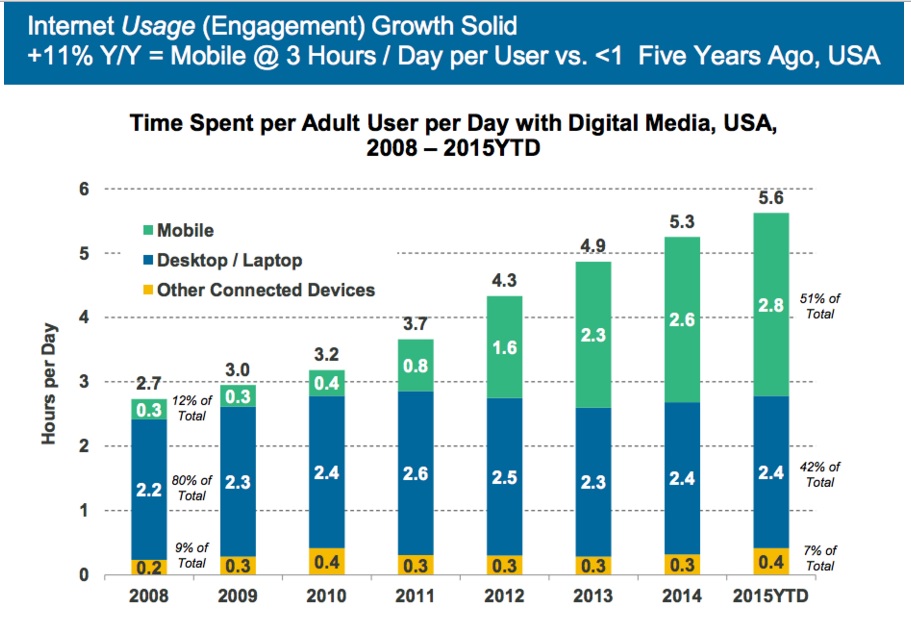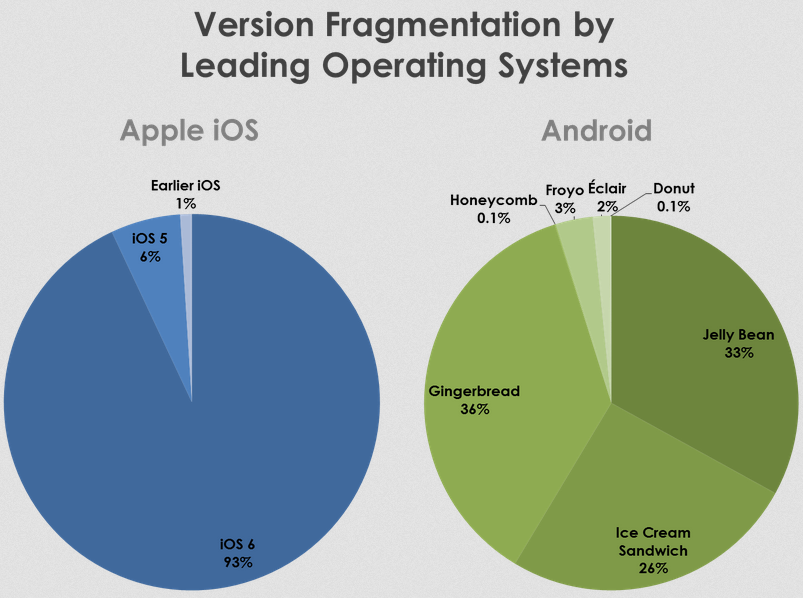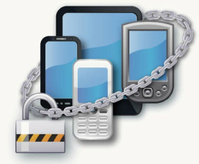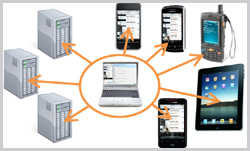Testing Mobile Applications – Key Challenges and Considerations
Will your next laptop be a smartphone? The idea isn’t as crazy as it sounds. In the coming decade, mobile phones will gain capabilities that make them suitable replacements for the conventional desktop/laptop computer.

Smartphones Are Becoming Smarter Than Ever
Phones are already more popular than PCs. New research shows that smartphone shipments topped those of client PCs — including desktops, laptops, netbooks, and tablets — for the first time. 
The mobile boom is obvious and it is pretty clear they are here to stay. The smart-phones are rapidly becoming the primary method of interaction for consumers and businesses worldwide, with thousands of app being generated each day. Mobile goes beyond smart-phones and tablets. Apps are now being incorporated into cars, wearable tech and home appliances.

The phenomenal growth of mobile devices has opened up avenues for organizations to integrate them into computing environment. Today’s mobile applications deliver complex functionality on platforms that have limited resources for computing. Diversity presents unique challenges that require unique testing strategies.
Lets understand the Mobile Testing challenges one by one:
#1 Fragmentation

Device fragmentation is the most difficult part of mobile testing. Device matrix for iOS and Android is growing rapidly.like various screen sizes and screen resolutions this is also one of the major challenges faced in mobile app testing. It is observed that though a new OS version is launched in market, still there are customers who use its older versions hence test cycles with different mobile OS versions need to be carried out to support to maximum mobile app customers.
Here, testing application on different OS versions and device hardware combinations is necessary to launch a robust and compatible application. It includes testing Application to ensure that it should be backward as well as forward compatible. That’s why it’s one of the major challenges to test mobile application on different OS versions.
#2 Frequent changes Mobile apps continuously evolve based on reviews & feedbacks for delivering richer user experience or enhance functionalities causing frequent changes in application. These frequent changes are actually a nightmare in mobile application development for both developers and testers. Numbers of applications are launched into the market daily with new features and designs and to cope up with them more changes are proposed. And hence there is lot of rework for developers and testers 
It needs a better understanding and communication with client to resolve such critical phase in middle of application development where one has to face frequent changes. We have to decide and freeze the scope of new change requests and a border line to limit these unexpected changes mutually agreeing with client
#3 Testing Tight Deadlines Mobile application delivery is pushing traditional delivery approaches to the breaking point. Teams are being asked to produce value in weeks instead of months or years. Test environments are expensive, difficult and time consuming to configure. In such a short span it’s very difficult and time consuming to isolate defect root cause. Agile methodologies need fast iterations but testing delays are becoming a bottleneck. 
It’s sometimes not possible to buy more time for testing or bug fixing activities but a smart solution for this, that we follow is to report the issues while testing the application and getting them fixed parallel, side by side to testing from development team. It saves time remarkably and hence productivity increases. While developing mobile applications developer and tester need to work very closely to meet such tight deadline.
#4 Security Security of a mobile app is required to check the encryption/ decryption techniques used for the critical data communication over the app. It is also required to check for the following aspects:
- Multiuser support without interfering with data between them
- Access to files saved in the app by unintended user/s.
- Consistently monitoring the application, so that no malicious data is received.
The apps are susceptible to several security trespasses and thus require severe security testing. There is greater sensitivity to security and load related problems in wireless infrastructure. 
Mobile apps can be exposed to security threats from bad coding techniques to insecure web gateways. Mobile threats are like a virtual battlefield with Spam, Phishing and other attacks.
#5 Automation Test automation is used to automate the execution of tests, test control and test reporting functions, with minimal user intervention. It is not practical to try to automate everything, especially for mobile devices. The various challenges of mobile application test automation are: 
- The Diversity of Platforms and Browsers makes it mandatory to consider the various aspects like the Rendering differences, Application run time and performance for Automation. Nowadays, most of the Websites have RWD (Responsive Web Design), Creation of an Automation Framework that caters to various Screen Sizes (Also known as Viewports) available in the market along with the various device drivers further add to the pain of Automation.
- Like Manual Testing, Automating and executing the Automation scripts on the wide range of Mobile devices available in the market makes it practically unfeasible to automate an Application, due to the cost involved with owning the devices. Considering alternatives like Emulators or Cloud have their own challenges like Performance and limitation of features
- There are multitude of available Networks (GSM/GPRS/Wi-fi) , Connection speeds and customized network features which in turn impacts the response time and performance of an Application thus making it an important candidate to be considered for Mobile Automation
- Hardware Configurations like Memory, Processing speed and Communication protocols of device’s WAP/HTTP also need to be factored while planning the Automation
- Test Execution of an automated script across various devices and combinations involves a significant amount of effort. Considering we have to automate a test suite for IOS, Windows and Android platforms across different devices and with various combinations, we can very well imagine the complexity and time consumption of the execution suite.
- Mobile automation is still evolving and has a bright future ahead but due to the massive scope of Mobile devices, the testers need to have a sound knowledge of the various aspects of Automation like Tools, Languages, Devices, Platforms and Browsers making it an altogether distinct field which requires people having a specific skill set, called Mobile Automation.




Thanks for posting this amazing information about FT it’s really very helpful info good job! .. http://bit.ly/1HGpW9i